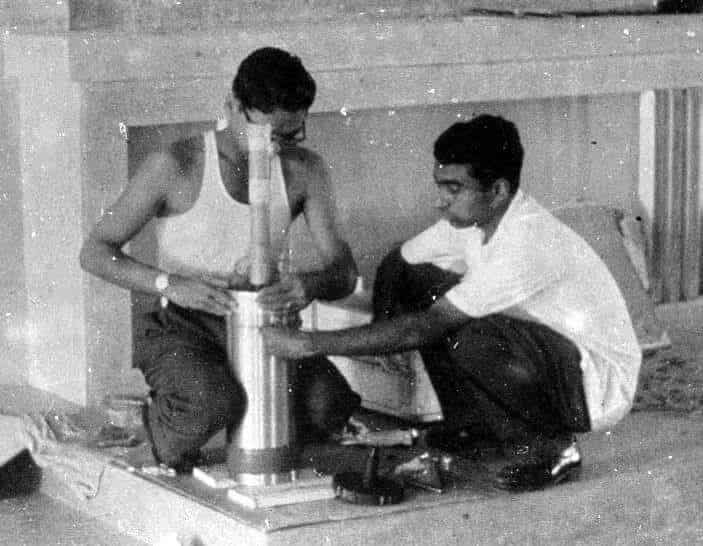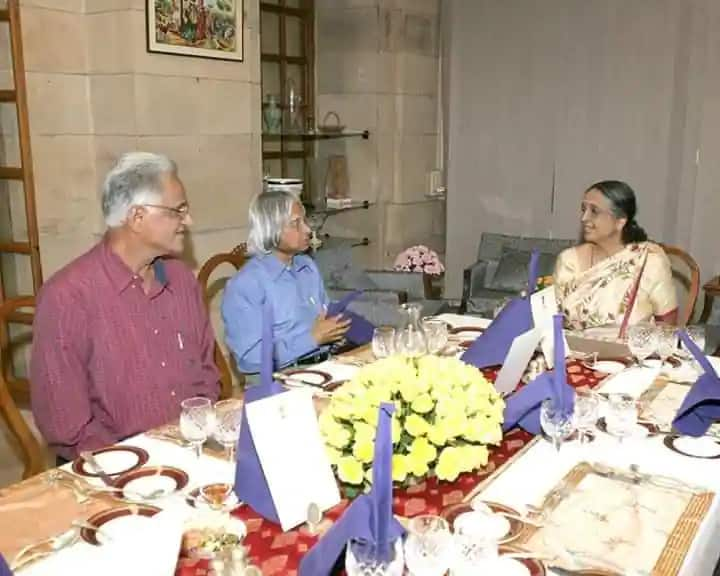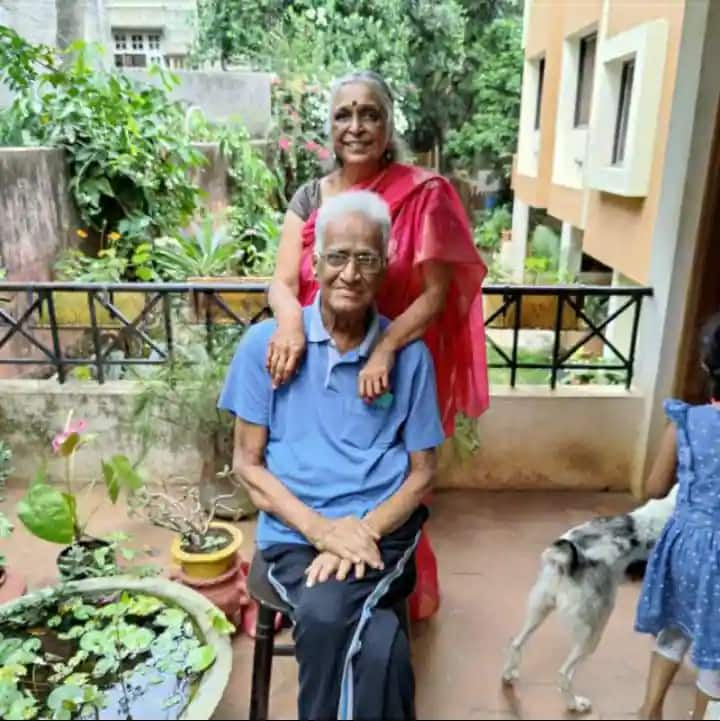Chennai: It is a huge achievement for a country to build its own rockets (launch vehicles) and satellites, for a country like India which formally started its full-fledged space program (Indian Space Research Organisation) in 1969 – the same year When the American landed a man on the moon. But rockets and satellites aren’t the whole deal, there is an important link called tracking, telemetry and command, which is a lesser-known science. Simply put, it is there to ensure communication between ground station-rocket, ground station-satellite and vice versa. Without this technology, rockets and satellites would be lost in the upper atmosphere or the vastness of space.

Earlier this week (Wednesday, 4 August), India invited a leading and leading expert in this vital technology – R.K. Arvamudan (84) lost. Among the first to join ISRO (erstwhile INCOSPAR), Arvamudan rose to serve the organization as Director Satish Dhawan Space Center (Spaceport), Sriharikota and ISRO Satellite Centre, Bengaluru.
A first rank holder from Madras Institute of Technology, Arvamudan, who hailed from a middle-class family in erstwhile Madras, worked in the Department of Atomic Energy (DAE) of India. Thanks to a casual discussion with his colleagues in Bombay, 24-year-old Aravamudan heard about a scientist, Dr. Vikram Sarabhai (the father of India’s space programme), who wanted to set up a rocket launching station from Thiruvananthapuram. Tired of his regular job at DAE, he applied for an exciting new role under Dr. Sarabhai, which included being trained at NASA.
Once selected, they were sent to the US for training at various NASA facilities to learn and perform basic tracking and telemetry, which were necessary to understand the performance and trajectory of a launched rocket. During this one-year stint in the US, Arvamudan (known as ‘Dan’ to Americans and his allies) met Abdul Kalam, a 31-year-old who was also with ISRO. After training, the ISRO team moved in batches to its fledgling rocket launching station at Thumba in Thiruvananthapuram, where India’s space journey began.
What makes this journey remarkable is how India began by launching experimental rockets in the mid-1960s and developed all the technology and means to launch space-grade PSLV rockets by the mid-1990s. . To better understand the contributions, efforts and legacy of Late R. Aravamudan, Zee Media spoke to veterans of Indian Space Research Organization.
Former ISRO Chairman G. According to Madhavan Nair, Arvamudan was responsible for his entry into ISRO at the time he was bound for the Rajasthan Power Plant after training at the Atomic Energy School in the 1960s. “I was ready to leave for Rajasthan (nuclear project) but he appeared on our campus and wanted to recruit young engineers for the space program, which I enthusiastically did” he told Zee Media in his first interaction with Arvamudan Reminds about.
Talking about Aravamudan’s technical prowess and unmatched prowess, Nair says that he was responsible for setting up telemetry, tracking and instrumentation in the early days, right when ISRO started launching PSLV rockets. “He contributed greatly to the failure analysis of the ASLV rocket and the first PSLV launch. He established a robust quality management system (for launch vehicles) at Vikram Sarabhai Space Center, which was eventually adopted by all ISRO centers across the country. The reliability and quality assurance protocols were his brainchild,” recalls Nair.
“In our early days, due to restrictions imposed due to geopolitical tensions, we were unable to obtain a tracking radar which was most essential for our activities. Working out of the original church building (ISRO’s initial office) in Thumba, he brought out a spectacular C-band tracking radar that had a range of up to 3000 km” says Madhavan Nair. It is noteworthy that this radar was used during the launch of PSLV and GSLV from Sriharikota, after which the technology was transferred to Bharat Electronics Limited for mass manufacturing.
Former ISRO Chairman Dr. K. Kasturirangan, who held the top post when Arvamudan was the director of the ISRO Satellite Centre, recalls the latter’s expertise in radar and communication systems and their associated infrastructure. “During Aravamudan’s tenure, at the helm of the satellite centre, we launched about 6-7 satellites, all of which were used for communication or remote sensing” Dr. Rangan told Zee Media.
He remembered and appreciated his former colleague’s solution-minded approach to technical issues and his experienced way of dealing with people. “He was a staunch professional and never did anything for his visibility, but always delivered on the job. Arvamudan will always be remembered as a smiling man, who always stood tall literally and figuratively and was very confident We have a very cherished relationship and his loss is a real void in our lives” added Dr. Kasturirangan.
In an autobiography (ISRO: A Personal History), co-written by his wife Geeta Arvamudan, a journalist, the veteran scientist happily recalls that marrying Kalam (Dr. APJ Abdul Kalam) was one of the projects of ISRO scientists of that era. Was. . He also half-jokingly says how it (Kalam’s wedding) was a project that never came to fruition.
He signs off the last chapter of his book, outlining what he wants to see as part of ISRO’s future missions. As a true testament to his love for his organization (which he helped build from scratch), he developed a heavy-duty cryogenic-powered rocket, manned space flight, the recovery of human-carrier space capsules, deep-space Aspired to develop exploration missions. Etcetera. In the closing line, he expressed his sincere desire to see some of these scientific achievements by ISRO in his lifetime. “ISRO was his life and we were all second, how dedicated he was to his organization” his wife Geeta told Zee Media.
.


